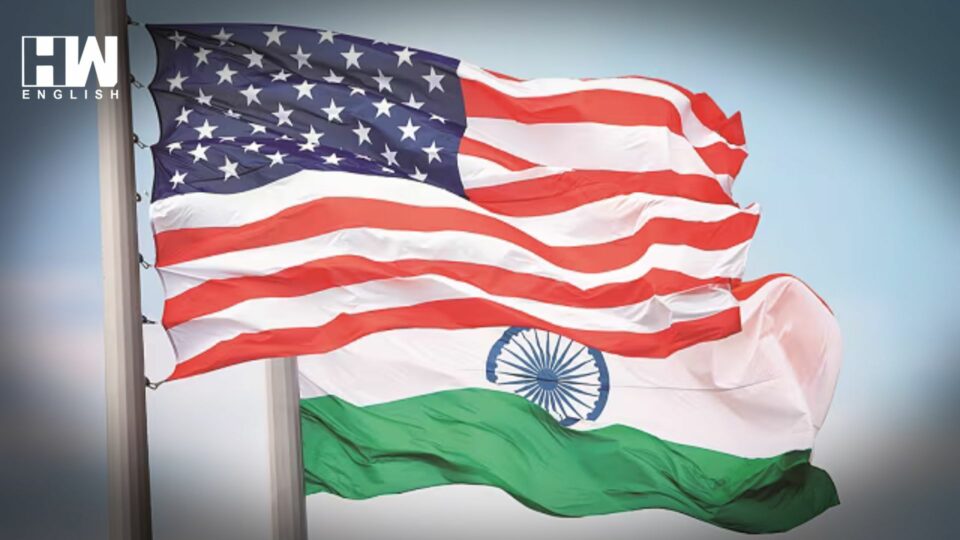According to the latest Congressional report on American naturalization trends, India has emerged as the second-largest source country for new US citizens. In the fiscal year 2022, 65,960 Indians officially became naturalized US citizens, trailing only Mexico.
The report by the independent Congressional Research Service (CRS) highlights the significant contribution of Indian immigrants to the fabric of American society and the nation’s growing diversity. With an estimated 46 million foreign-born persons residing in the US as of 2022, comprising approximately 14% of the total population, naturalization remains a pivotal aspect of American immigration policy.
The CRS data reveals that in fiscal year 2022, 969,380 individuals from across the globe gained US citizenship through naturalization. While Mexican nationals topped the list with 128,878 new citizens, Indians ranked a close second, followed by the Philippines (53,413), Cuba (46,913), and the Dominican Republic (34,525).
Moreover, as of 2023, the Indian-born population in the US stands at a significant 2,831,330, second only to Mexico’s 10,638,429 foreign-born nationals. This underscores the substantial presence and impact of the Indian diaspora in the United States.
However, the report also highlights that approximately 42% of India-born foreign nationals living in the US are currently ineligible to become US citizens. As of 2023, around 290,000 Indian green card holders or Legal Permanent Residents (LPRs) were potentially eligible for naturalization.
The CRS report delves into the broader issue of processing backlogs for naturalization applications at the US Citizenship and Immigration Services (USCIS). Although the agency has made significant strides in reducing the backlog, pending applications decreasing from 943,000 in fiscal year 2020 to approximately 408,000 in fiscal year 2023, concerns persist regarding efficient processing.
The report further notes that in fiscal year 2023, 823,702 LPRs submitted naturalization applications, a figure well below the estimated 9 million LPRs eligible for citizenship in the same year. The percentage of foreign-born individuals who naturalize varies considerably based on factors such as country of origin, with immigrants from Honduras, Guatemala, Venezuela, Mexico, El Salvador, and Brazil exhibiting the lowest rates. At the same time, those from Vietnam, the Philippines, Russia, Jamaica, and Pakistan have the highest naturalization rates.
To qualify for naturalization, applicants must meet specific eligibility requirements outlined in the Immigration and Nationality Act (INA), including being a lawful permanent resident for at least five years.
As the United States continues to grapple with complex immigration debates and policies, the CRS report sheds light on the vital role of naturalization in shaping the nation’s demographic landscape. The surge of Indian-Americans gaining citizenship not only underscores the vibrant Indian diaspora but also highlights the enduring allure of the American dream for immigrants seeking a new home and identity.
Also Read: Opposition Uproar Follows PM Modi’s ‘Large Family’ Comment
As an independent media platform, we do not take advertisements from governments and corporate houses. It is you, our readers, who have supported us on our journey to do honest and unbiased journalism. Please contribute, so that we can continue to do the same in future.

